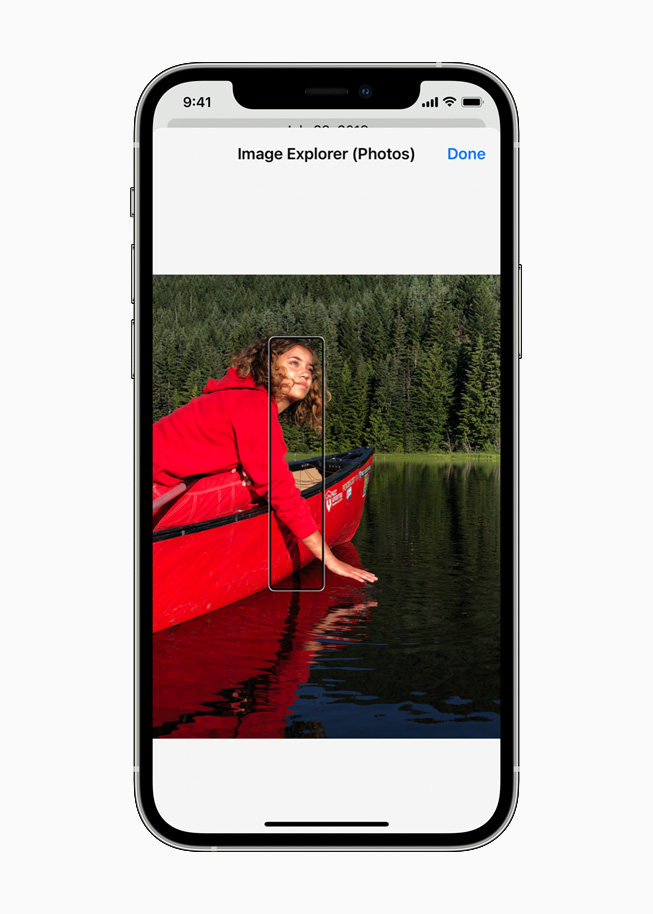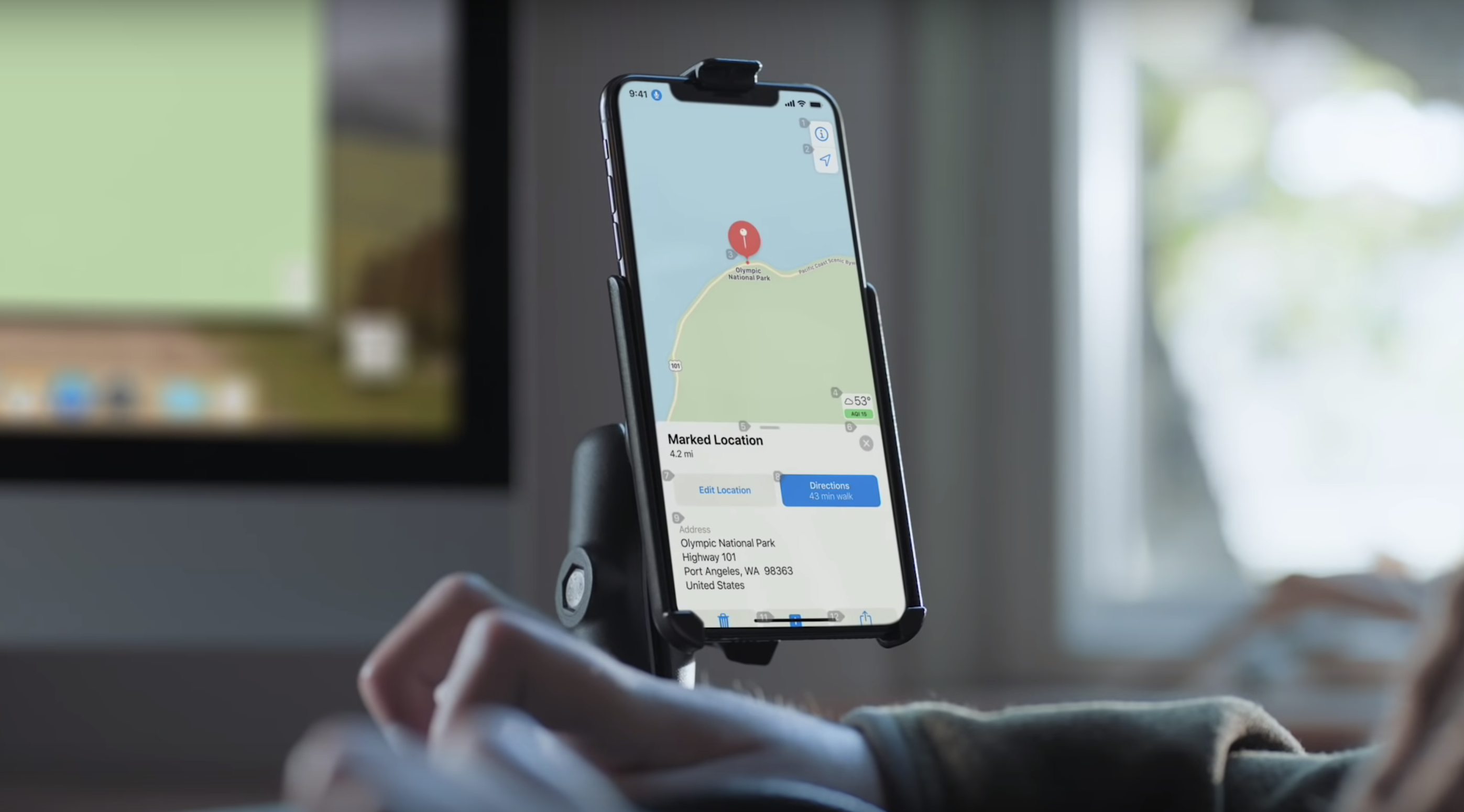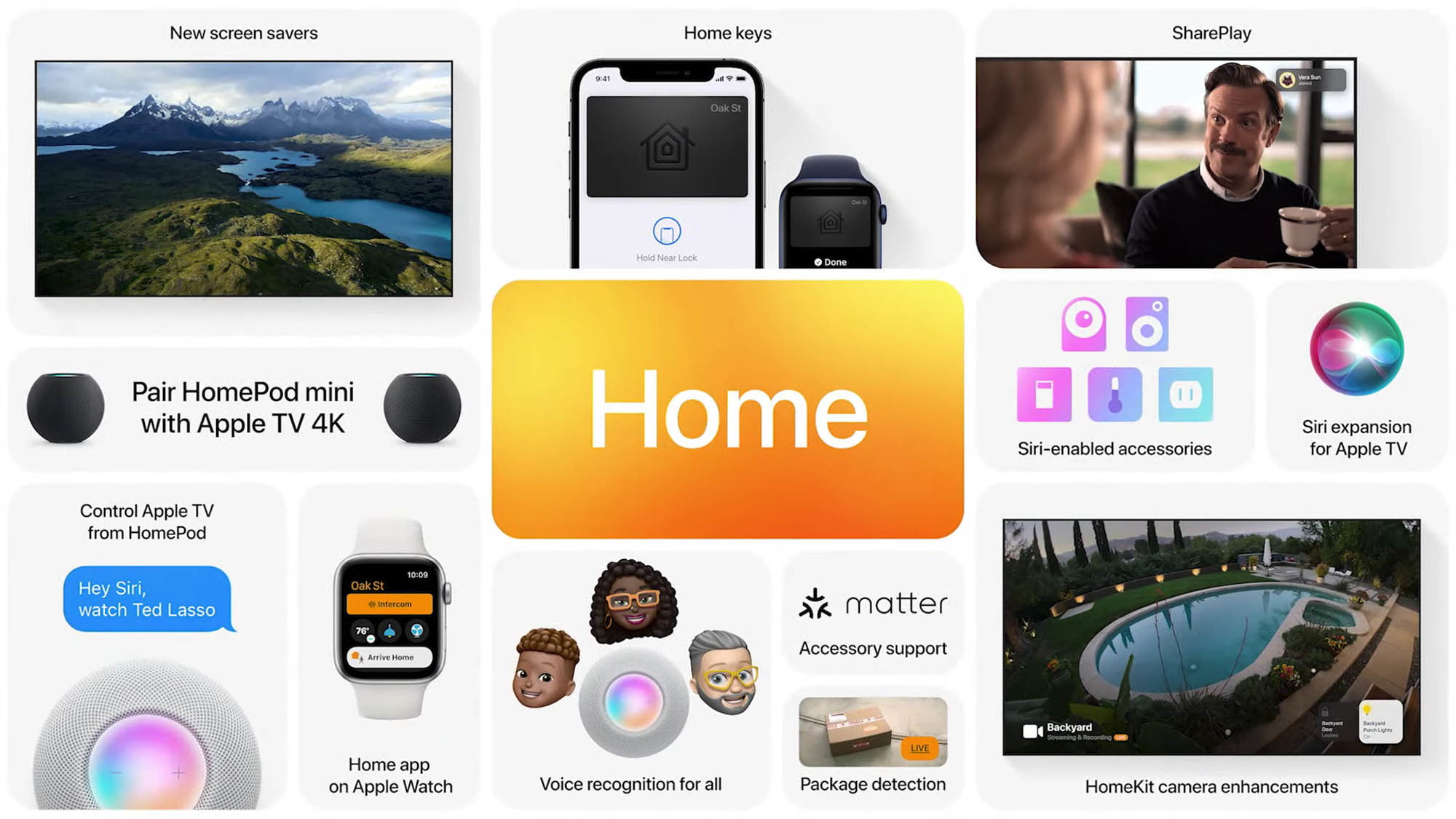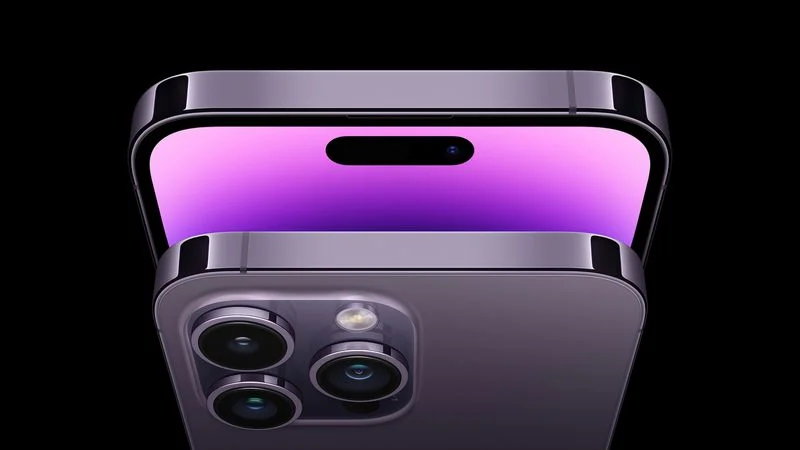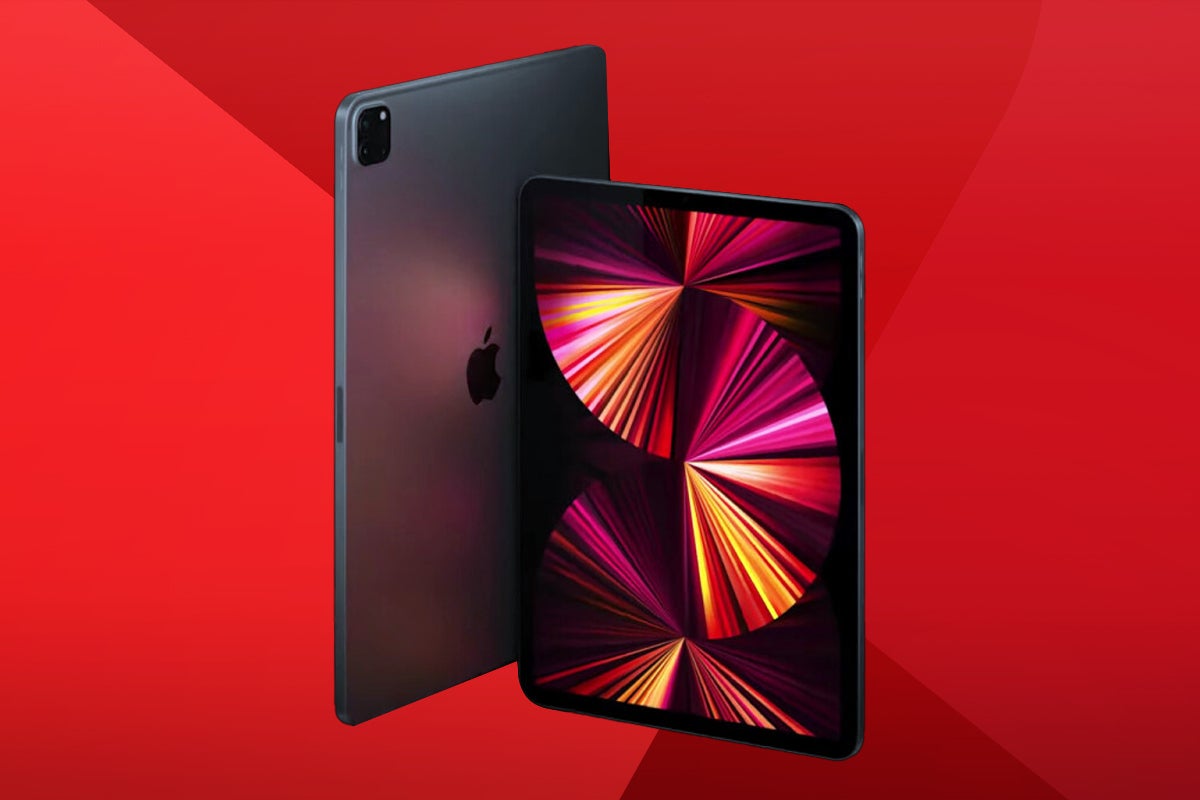Apple introduced powerful software features designed for people with mobility, sight, hearing, and cognitive impairments.
These cutting-edge technologies reflect Apple’s belief that accessibility is a basic human right.
They also continue the company’s long-standing tradition of providing industry-leading features and making Apple products suitable for all users.

Later this year, through software updates for all Apple operating systems, people with physical disabilities will be able to use assistive touch to navigate Apple Watch.
iPad will support third-party eye-tracking hardware to provide users with an easier way to operate.
For the blind and low-vision people, Apple’s industry-leading “narration” screen reading function will become smarter, exploring objects in images through device-side artificial intelligence.
In order to support neurodiversity groups, Apple is about to launch new environmental sounds to help users eliminate interference.
For people who are deaf or hard of hearing, Made for iPhone (MFi) hearing aids will soon support new two-way hearing aids.
Apple also launched a new service called “SignTime”.
This service will enable customers to use Sign Language (ASL) in the United States, British Sign Language (BSL) in the United Kingdom, and French Sign Language (LSF) in France, directly through a web browser with AppleCare and Retail Customer Care (Retail Customer Care) Department to communicate.
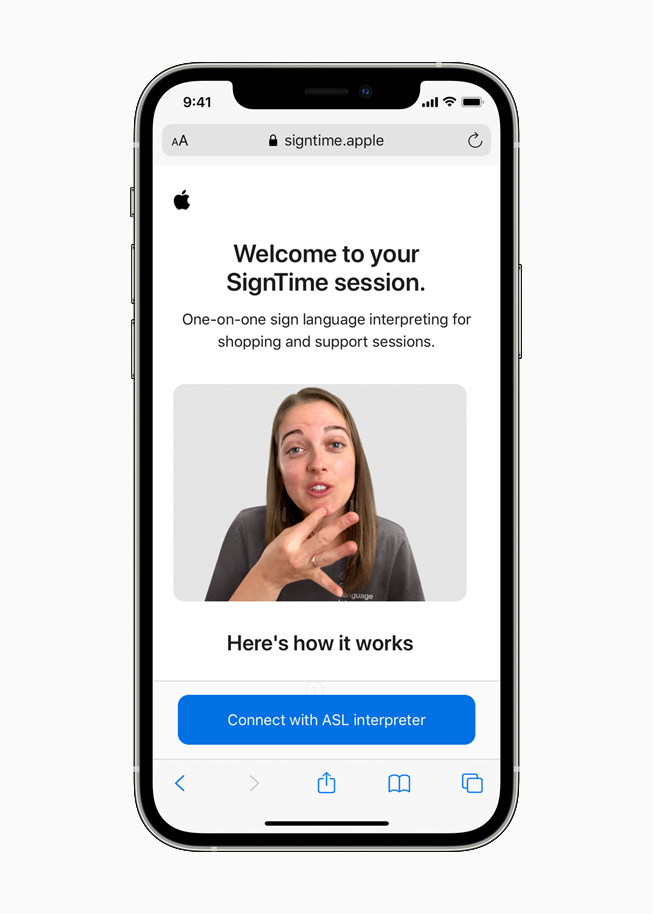
Customers who visit Apple Stores can also use SignTime to remotely contact a sign language interpreter without making an appointment in advance.
SignTime will be launched first in the United States, the United Kingdom and France, and we plan to extend this service to more countries and regions in the future.
“At Apple, we always believe that the world’s leading technology should be able to respond to everyone’s needs. Our team spares no effort to integrate accessibility features into every product we make”
Said Sarah Herrlinger, Apple’s senior director in charge of global accessibility policies and actions.
“These new features allow us to broaden the boundaries of innovation through cutting-edge technology and bring the fun and functionality of Apple technology to more people-we can’t wait to share them with our users.”
Assistive touch for Apple Watch
To support users with limited mobility, Apple is about to introduce a breakthrough new accessibility feature for Apple Watch.
The assistive touch function of watchOS allows users with upper limb disabilities to enjoy the benefits of Apple Watch without having to touch the display or the crown.
Use built-in motion sensors such as gyroscopes and accelerometers, with optical heart rate sensors and device-side machine learning functions.
Apple Watch can detect subtle differences in muscle movement and tendon activity, allowing users to control the cursor on the display through a series of gestures such as pinching and making a fist.
The assistive touch function of Apple Watch makes it easier for customers with physical disabilities to answer incoming calls, control motion pointers on the screen, and access notification center, control center, and more.
